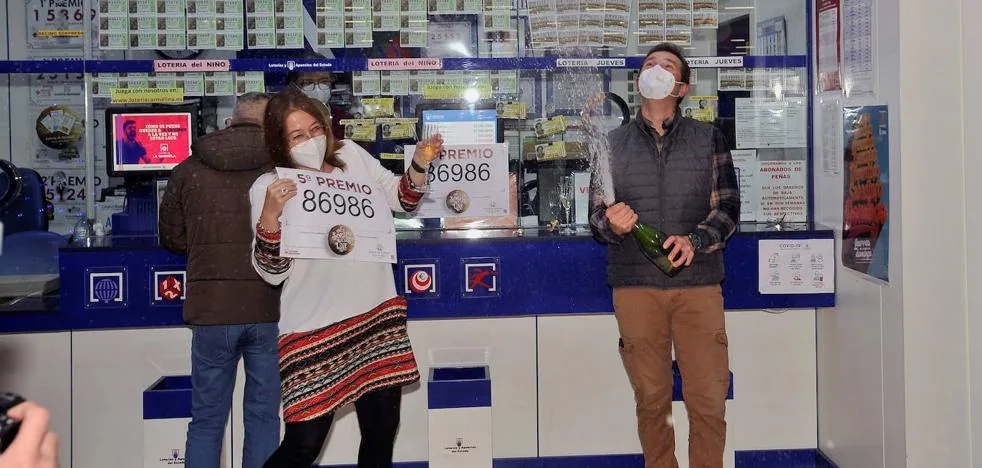Soldiers arrive in your village, order to quickly collect belongings and prepare for immediate evacuation. When you try to object and find out the reasons, they don’t explain much to you, maybe you are told that an unknown disease or something is spreading. It has been 35 years since the world’s best-known nuclear disaster, the explosion at the fourth reactor at the Chernobyl nuclear power plant (NPP). Much has been said about Chernobyl many times, including a few years ago, and the really great HBO five-series story “Chernobyl” about the victims of the disaster, the population and those who tried to dig into the real causes of the disaster. However, almost 30 years before Chernobyl, the USSR experienced a nuclear accident, which was the most serious in terms of radioactive contamination in the world until 1986, the Kastim or Majak disaster.
Stalin’s and Beria’s nuclear power
The first high-capacity reactor capable of producing and enriching plutonium to nuclear material was built in the United States at the end of World War II – the 105-B reactor in the Henford complex in Washington, D.C., pictured below. It was from here that plutonium left for the Losalamos National Laboratory, which was used in the “Fat Man” nuclear bomb, which was dropped by the United States on Nagasaki.
Although at that time the USSR and the USA could still be said to be on the same side, Stalin, of course, was not at peace that only the United States had such a modern-day weapon, the power of which, moreover, had already been clearly demonstrated in practice. Although Soviet scientists theorized about nuclear weapons as early as the late 1930s, and a few years later the USSR leadership had spy information on the American Manhattan Project on the table, the first large-scale activities in the Soviet nuclear weapons program began in 1943 under physicist Igor Kurchatov. Lavrenti Beria, known as Stalin’s right-hand man, dealt with the organizational work and all other issues necessary for the nuclear program. These “organizational” works also included a literal crossing of corpses – the use of tens of thousands of gulag prisoners to build reactors behind the Ural Mountains in the Chelyabinsk region. These reactors had to “feed” the USSR nuclear weapons with the necessary fissile material.
Following the nuclear explosions that destroyed two Japanese cities, the USSR launched an accelerated nuclear weapons program. Stalin had to get to the nuclear bomb as soon as possible to balance the balance of power in the world, so all means were fine.
–


